
Embroidered logo may make apparel better to look at, though you might need to remove embroidery from garment for old logos, wrong designs, or when the fabric needs a new start.
You must learn how to remove embroidery to remove the stitches from the area of the fabric first with tools for removing embroidery for protecting the garment inside and caring for each stitch.
Best results matter in the removal process, with a seam ripper to remove working best to cut and remove and embroidery scissors helping with tight spots through take your time and work for fabric to ensure safety.
Contents
- 1 What Is type of embroidery and Why Would You Want to remove an embroidery?
- 2 Can You avoid damaging the fabric When Removing the stabilizer?
- 3 Tools You’ll Need for the process of removing
- 4 Step-by-Step Guide to Removing Embroidery
- 5 How to Remove Machine Embroidery Stitches
- 6 Removing Hand Embroidery: Is It Different?
- 7 Tips for Working with Delicate Fabrics
- 8 What to Do After Removing Embroidery Stitches
- 9 Common Mistakes to Avoid During Embroidery Removal
- 10 Removing an Embroidered Logo and More
- 11 Key Takeaways
What Is type of embroidery and Why Would You Want to remove an embroidery?
With thread on delicate fabrics like, people make designs as an art for nice-looking item of clothing with logos and patterns on shirts and hats.
Some stitches that aren’t need to come out due to bad designs and old logos, while new patterns want space on the front of the garment for a fresh start.
Shave off the stitches saves garment from trash through fixing wrong designs, with the back of the fabric staying good for new patterns after removal of old unwanted embroidery.
Each stitch comes out with care for a blank canvas awaiting new art, and through proper thread removal, your apparel last longer.
Can You avoid damaging the fabric When Removing the stabilizer?
You can remove stitches without damaging the front and the back with the removal tool for each type of keep your fabric and its own care needs.
Embroidery machine stitches differ from hand stitches on back of the embroidery, from strong garment with more force tolerance to weak delicate fabrics with light touch needs, through tools suited for the job.
Get a use a seam ripper for the task of cutting one stitch at a time with the fabric flat on a table, while silk needs extra care during work.
Take time and work slowly you cut for whole cloth through careful work, as good tools and steady hand keep the holes in the fabric safe.
Tools You’ll Need for the process of removing
Good tools help need to remove through specific jobs for keeping garment safe.
A use the sharp cuts threads with its sharp point for small stitches, while a hair trimmer takes off machine work and pair of scissors cut close to cloth.
Angled tweezers pull loose threads out near tough spots for the disposable razor, with magnifying glass for tiny stitch visibility and sticky tape for small thread bits.
The tools work as a team for clean cloth through want to buy, though sharp tools need care near the avoid damaging.
Use a lint roller catches the last bits of thread for new-looking cloth, as good tools make the work go smooth.
Step-by-Step Guide to Removing Embroidery
Look at the front of the cloth and the back too, as each stitch tells you what to do.
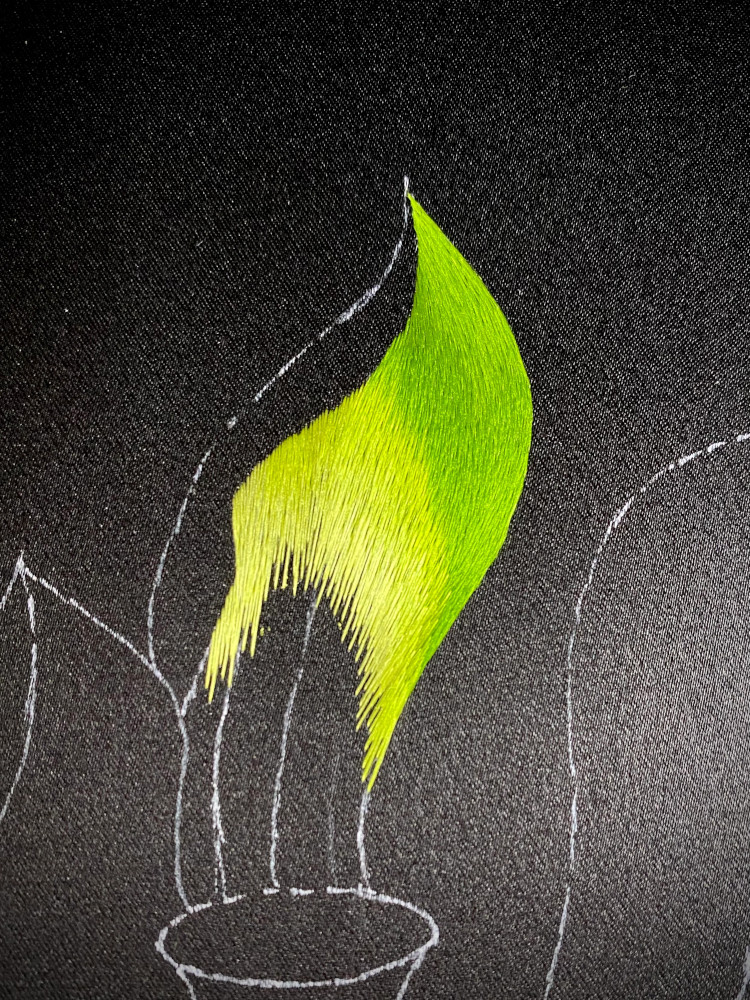
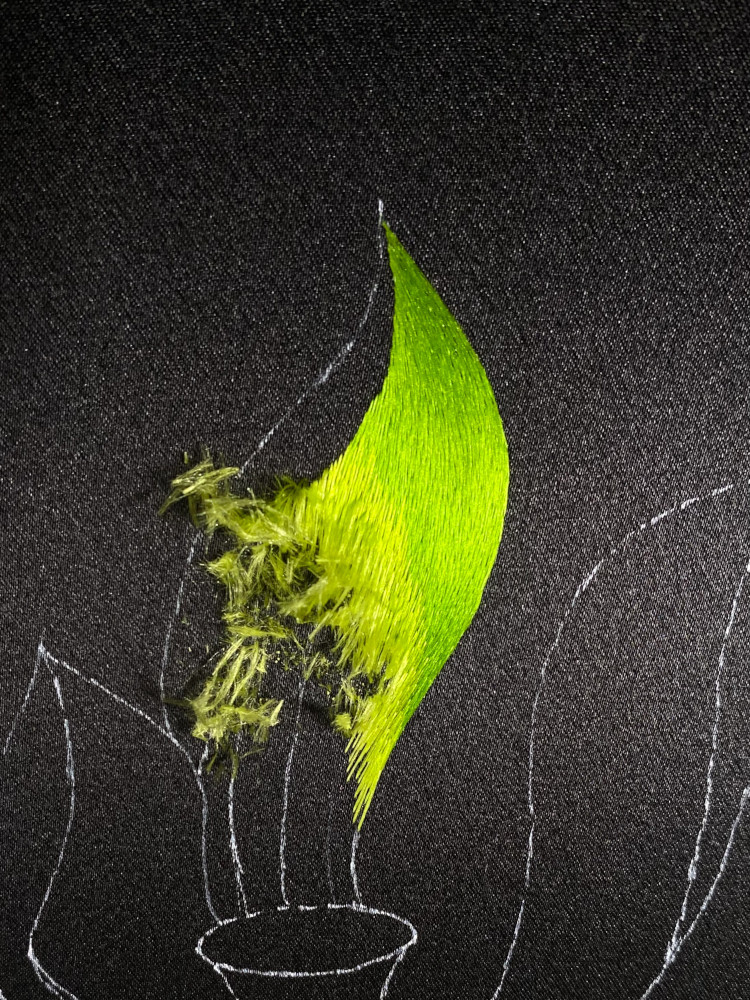
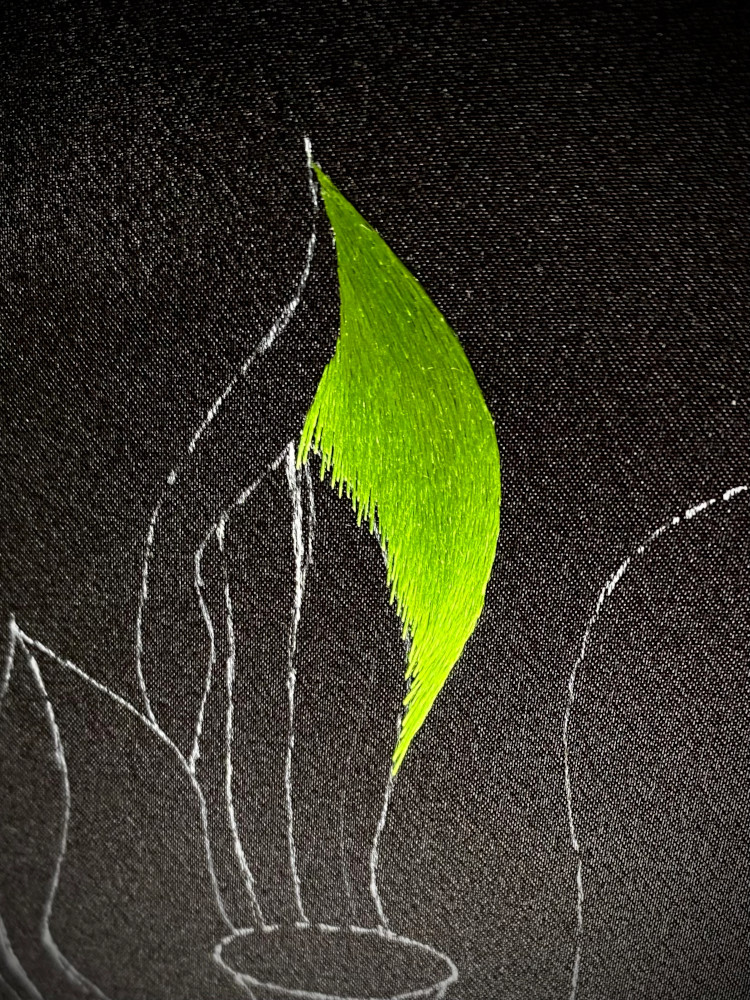
Put the cloth flat on a table with an embroidery hoop for tight hold in a work space with good light.
Snipping away on the back first with the use the stitch through small cuts, as each thread needs its own cut.
Pull loose threads from the front with please read for small pieces, while the cloth shows marks from thread spots.
Lint roller picks up little threads with a brush for clean cloth, as steam helps the affiliate links look fresh.
Making it easier to remove with a small spot first for cloth healing time, as your work gets better with each try.
How to Remove Machine Embroidery Stitches
Machine stitches pack without damaging the fabric with more work for removal due to threads close.
A stitch eraser cuts the back threads through small cuts on each spot, while you must repeat the process between cuts.
Away the threads through tweezers for small bits, as the cloth shows thread marks.
It’s always a good idea for better work at slow pace, while the cloth stays good with right tools.
The job needs time to finish through each cut for better work, as good tools help you repurpose.
Removing Hand Embroidery: Is It Different?
Hand stitches are easy to remove with spread-out threads, as each stitch stands on its own.
A seam ripper cuts back threads with space for each cut, while the cloth stays flat during work.
Don’t accidentally pull on threads due to cloth tear risk from force, as tweezers lift threads with soft touch.
Hand stitches that you’ve removed through fast work with good tools, while your cloth keeps its shape under care.
Less threads mean quick work between cloth breathing spaces, as each cut shows more space for a new design.
Tips for Working with Delicate Fabrics
Silk needs soft touch due to fast-tearing fine cloth, with small cuts as a requirement.
Sharp tools work best on silk with thin tips, as accidentally cutting the cloth must be avoided.
A hoop holds silk flat and still in the frame, while you may receive a commission on tight cloth.
Light cuts save the cloth from holes due to hard pulls, as threads come out one by one.
The cloth stays whole with care through time for each stitch, as your work shows in the after-look of cloth.
What to Do After Removing Embroidery Stitches
Look at the clean spot through checks for left threads, as your eyes find small bits.
A steam iron helps fix small holes with heat for cloth healing, while fibers close up with warm air.
A brush takes threads off for old face revelation, as each sweep makes the cloth look new.
The space waits for new art on fresh-mark-ready cloth, with no trace of old design.
Good care keeps cloth strong through work in the end look, as the cloth lives to see new threads.
Common Mistakes to Avoid During Embroidery Removal
Fast work makes holes without time for cloth release, as each cut counts in the work.
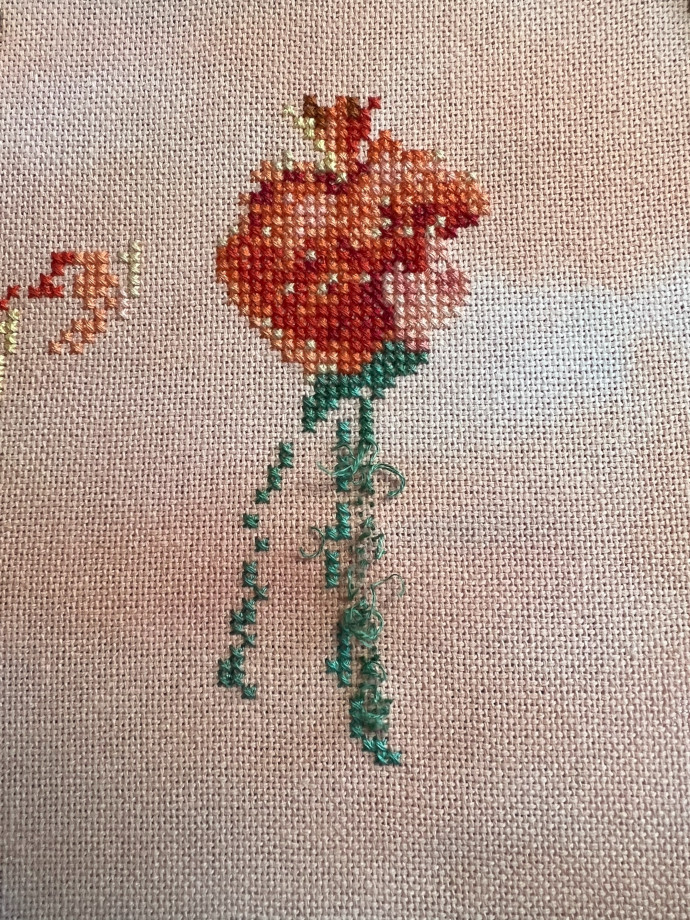
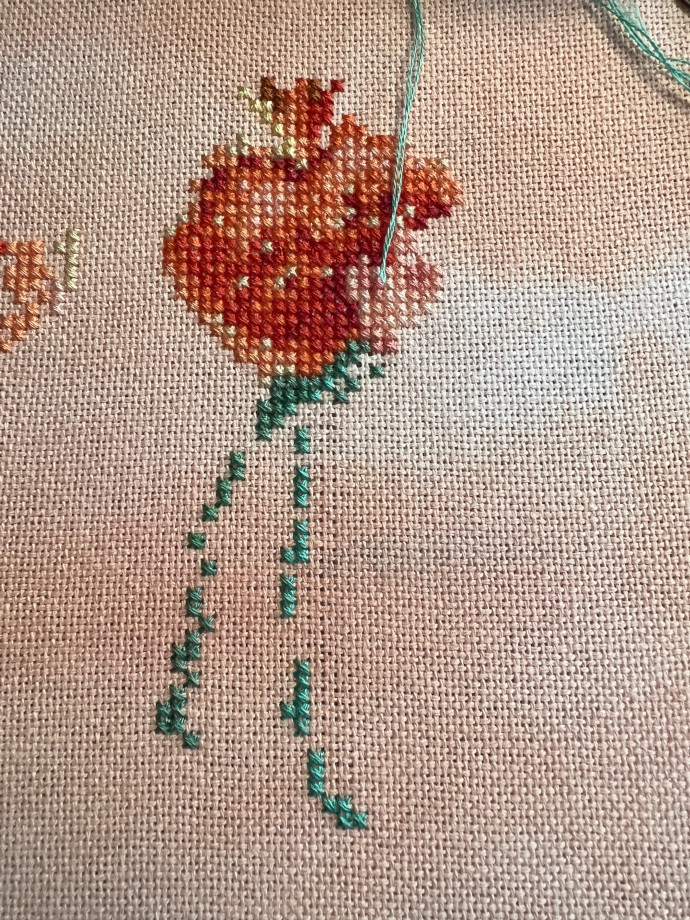
Bad tools hurt cloth in contrast to sharp tips with clean cuts, while a dull blade pulls threads hard.
Hard pulls break cloth against threads with soft touch needs, as your hands must feel the cloth give way.
Check both sides of cloth for hidden threads in spots, while the back shows what you missed.
Good work keeps cloth whole through steps for cloth face preservation, as your care shows in the cloth’s current look.
Removing an Embroidered Logo and More
Logos come off cloth through sharp tools for thread cuts, as each stitch needs its own cut.
Thick stitches need work with hidden threads on the back, while your cuts must reach all spots.
Small cuts need seam tools in contrast to big jobs with stitch erasers, as each job picks its own tool.
Holes can mark the cloth with more tears on soft cloth, while the threads leave small marks.
Take time with each cut for cloth face preservation, as marks fade through slow work with good tools.
Key Takeaways
Good tools save cloth with clean cuts from sharp tips, while your kit needs three tools.
Small steps keep cloth safe through time for each part, as the work goes bit by bit.
Look at both cloth sides with big threads on front, while back hides small bits.
Steam helps cloth heal through smooth iron presses, as each press brings back old shape.
Good work shows clean cloth in space for new art, while your hands bring old cloth back to life.